Dinner at Petraia
Biodynamic Principles at KM0
PREFACE: As a follow-up the my earlier post on La Petraia, here is a second highlighting a dinner that I attended there. After visiting the farm for an afternoon and getting a tour by then owners Susan and Michael Grant, they graciously invited me to an upcoming dinner that they were hosting in celebration of a years-long odyssey to get a cantina approved to be built on the premises in Radda-in-Chianti.
DINNER
At a recent dinner visit, the combination of biodynamic methods, organic meats and produce married to Susan’s unique culinary training and style were evident. The cause for the celebration was the approval to begin construction on their new cantina for on-site wine, olive oil, and other food production. This was no small accomplishment given the nature of Italian bureaucracy, and in particular, Tuscany’s bulletproof zoning laws. Italian (and, in particular, Tuscan) bureaucracy takes a back seat to no one and the necessary plan approvals took literally years to work their way through. Indeed, the guest list on this particular day was the Radda rank-and-file: the mayor, his wife, and other city officials who had been instrumental in getting the plans passed. No one noticed the American who spoke limited Italian marveling at each course of the meal. But the hosts and guests alike were all gracious and beguiling dinner companions.
Delicious and creative pairings of food, herbs, and wine were the norm at La Petraia. The marriage of Susan’s transalpine techniques with the local flavors of Tuscany produced a dining experience both sophisticated and rustic; urban and rural at the same time. It was an artistic yet wholly authentic farm-to-table experience.
The biodynamic menu that night at La Petraia included these elements:
(Apologies for the poor camera photos of the dishes I tried to capture when no one was looking!)
SORRISO (smile)
The first course at Petraia is called sorriso (or smile). Today, it is “crack”; an aptly named addictive, homemade cracker that features wild fennel seeds harvested on the property. These tasty crackers were matched with a trio of cheeses - crudo / cotto / stagionato - to set up the palate for the courses to come, and paired with a white wine from La Petraia’s vineyards.
FEGATO (liver)
Remember your grandmother’s liver dish? OK, now forget it. The liver at Petraia is a light, airy paté but with a caramelized crust like one would find on a creme brûlée. The earthiness of the liver is softened by the mousse-like consistency and then matched with the sweetened crust to wonderful effect. It’s so light that Susan sometimes spreads the fegato on crackers for a snack. The dish is completed with corniolo (a jelly made from the fruit of a dogwood cherry tree) and hearty grape bread. The plate is accented with a sprinkling of fresh herbs and flowers, including petals from the enormous and fragrant lavender fields that line the entrance to the property.
EGG OF THE DAY
The egg of the day is a tribute to the farm-to-table nature of life at Petraia. Eggs are precious; hens are fed grass and organic grain only. Unlike many industrial eggs, no artificial light or hormones were used to stimulate their ovaries — so they do not produce as many and their arrival is unpredictable. But those they do produce are much better-tasting. The result is that they are highly valued possessions to Susan and are cooked with special attention.
She poached the egg using an immersion circulator; and the precision means the consistency is perfect. The egg sits on polenta, topped with a creamy sage fondue and is completed with a single, delicate sage leaf sitting atop. Here again, the combination of technique and local flavor is worthy of every Michelin star that grace the restaurants where Susan once reigned. Polenta is pure Italian peasant food so the combination of simple and elegant was perfect and matched the entire theme of La Petraia. The fonduta was a rich cheese sauce that is delicate but full of hearty parmigiano flavor. The sage leaf on top served as a reminder that the cream for the sauce was boiled with fresh sage from Petraia’s ample herb gardens.
CECI
Ceci beans (also called ‘chickpeas’; the Spanish call them ‘garbanzo beans’) are a robust legume common throughout the Mediterranean. This presentation here is pure ‘comfort food; bathed in a rich broth and served with a simple grilled Tuscan bread. It was a rustic bridge to the upcoming meat dishes of our meal.
FARAONA (“guinea hen”)
The fowl is raised on the property and it has a long history for Italians. The word ‘faraona’ translates to “Pharoah’s hen” because they were originally thought to have come to Italy from Egypt and were popular among the ancient Roman upper-class in ancient times.
This faraona was prepared utilizing a more modern confit technique: Briefly, confit is the process of slowly cooking meat in its own fat. This method is particularly well suited for free-range meats that may be a bit tougher than non-organically fed animals. Served in a creamy broth, the faraona was rich tasting and farm simple at the same time.
PETRAIA CINTA SENESE
Cinta Senese pigs are a heritage breed that was almost lost to extinction in the 1960s. According to U.N. documents, the entire population was less than 80 as late as 1990, but due to concerted efforts, the breed has made a strong comeback and were raised on the property at La Petraia. (In her cookbook/anthem to the creation of La Petraia entitled Dinamica, Susan and Michael recount the role of the Cinta Senese pig in their conversion from vegetarians to meat-loving Tuscans.)
Susan’s preparation was worthy of the respect she has for the animals. Paired with pancetta, the seared pork was wild and intensely flavored. But for the presentation and setting, it would have been easy to imagine this meal being eaten beside an outdoor fire pit hundreds of years ago when these animals were feral and plentiful. The presentation — the pork flavored with wild fennel (finocchio selvatico), served alongside some refreshing quince (mele cotogne) and sprinkled with fresh granola — brought this traditional dish to a modern table perfectly.
SUMMARY
To my mind, the meal was a triumph of modern and ancient, of urbane and rustic. The knowledge that the meat you are eating is from a breed brought back from the brink of extinction; that the fowl was the same enjoyed by ancient Romans; and that wine you are drinking is prepared using techniques both ancient and modern would make even the most apathetic grocery shopper a locavore for life. The diversity of flavor, consistency, and ingredients combined with the knowledge that you can see the hen that provided the egg, or the pig that has provided the meat, or the sage plant that added its distinctive touch makes the experience so very unique. No distance exists — neither physical nor emotional — between farm, preparation and table. I feel so fortunate to have had the opportunity to experience such a place and I hope it inspires travelers to seek out the many other agriturismos in Italy that strive to provide this level of connection. Bravo!



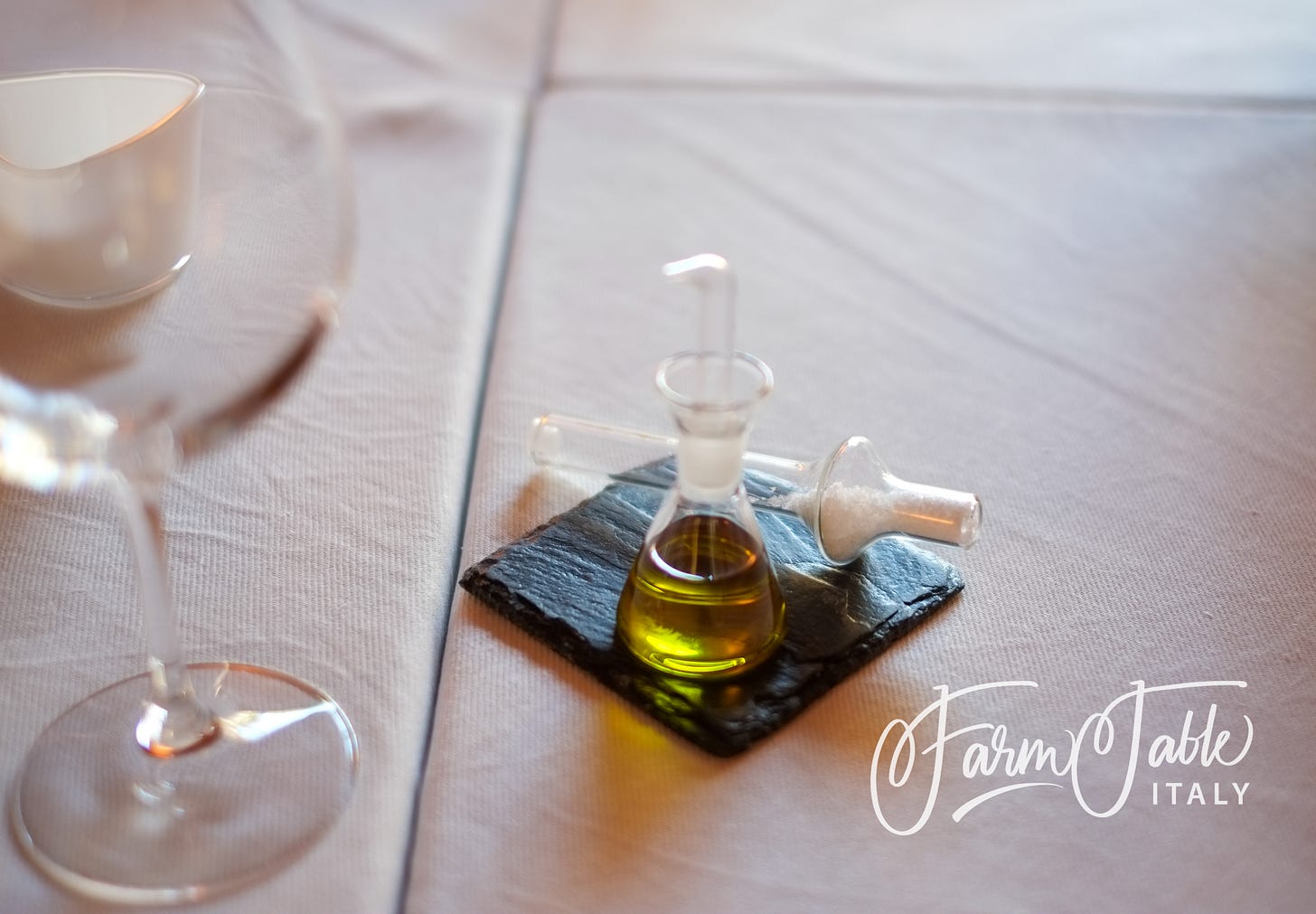
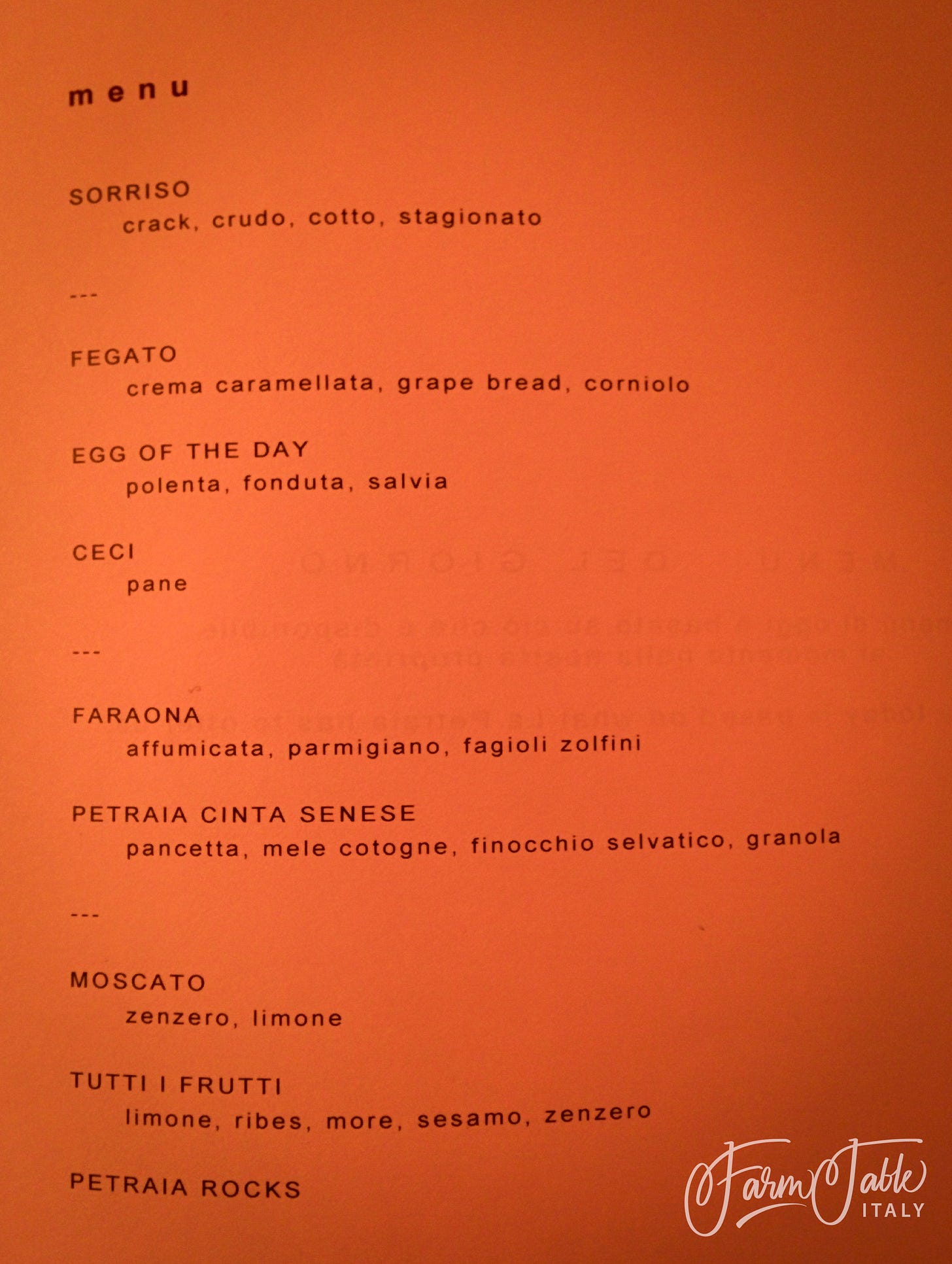
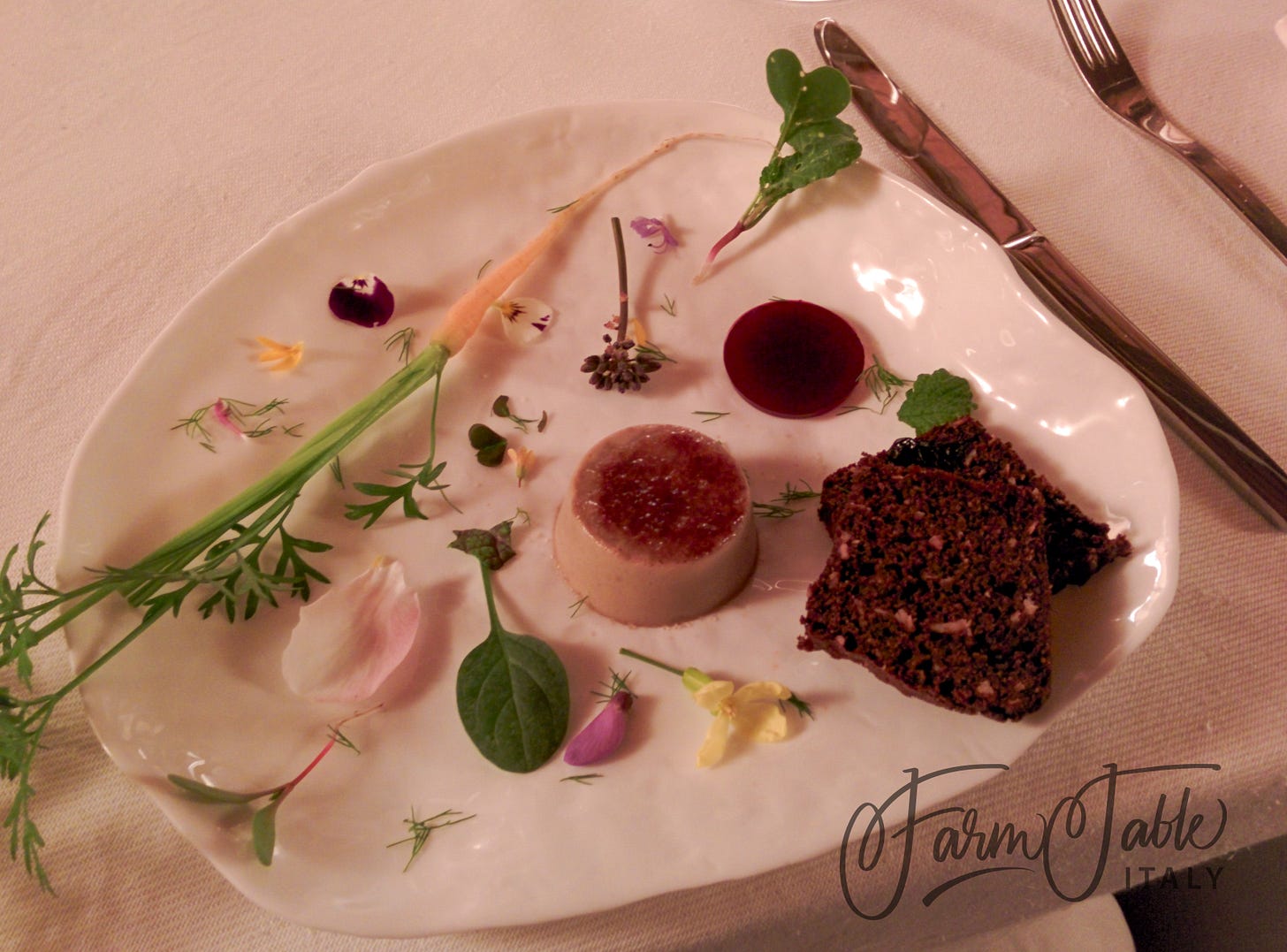
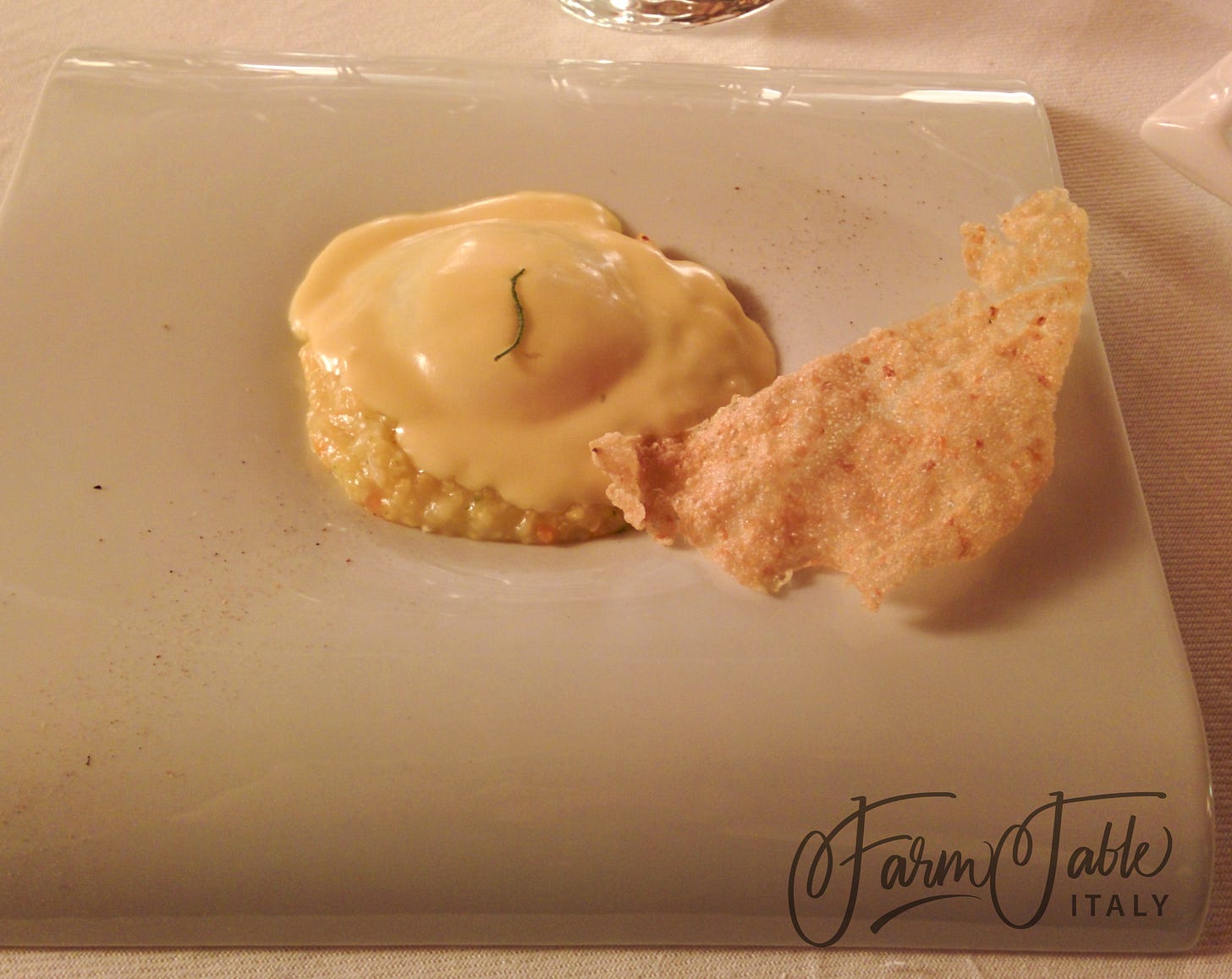
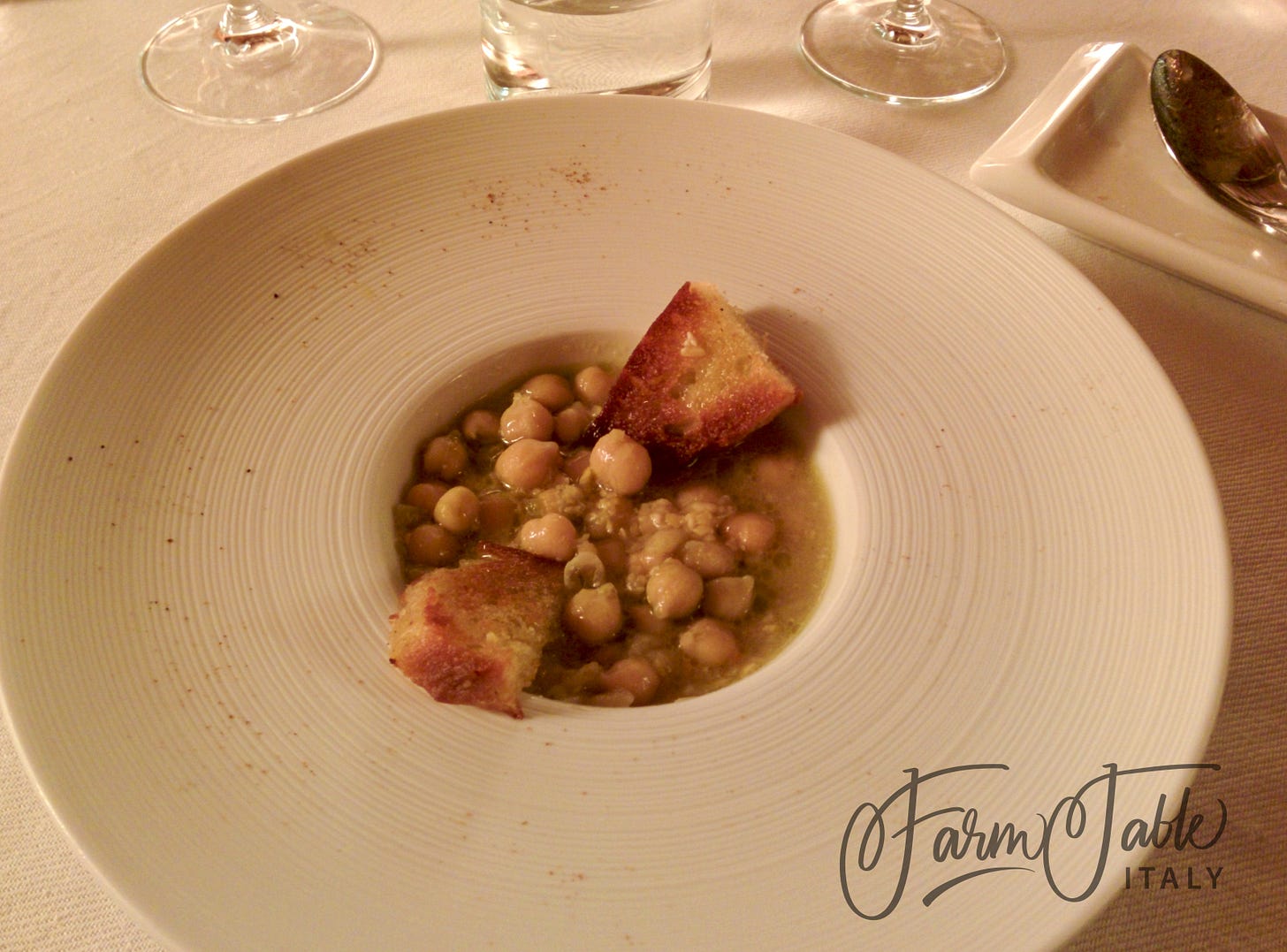
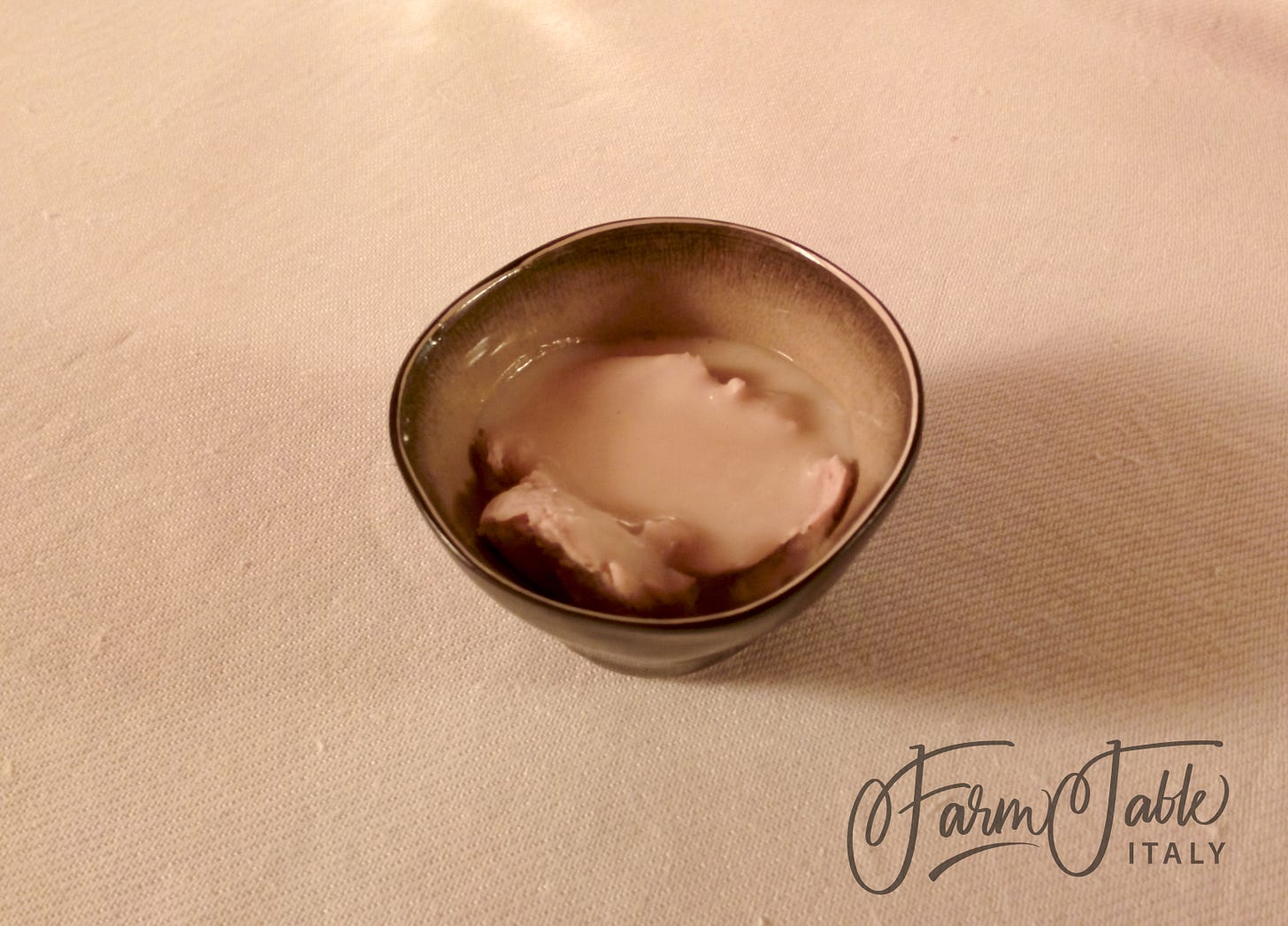
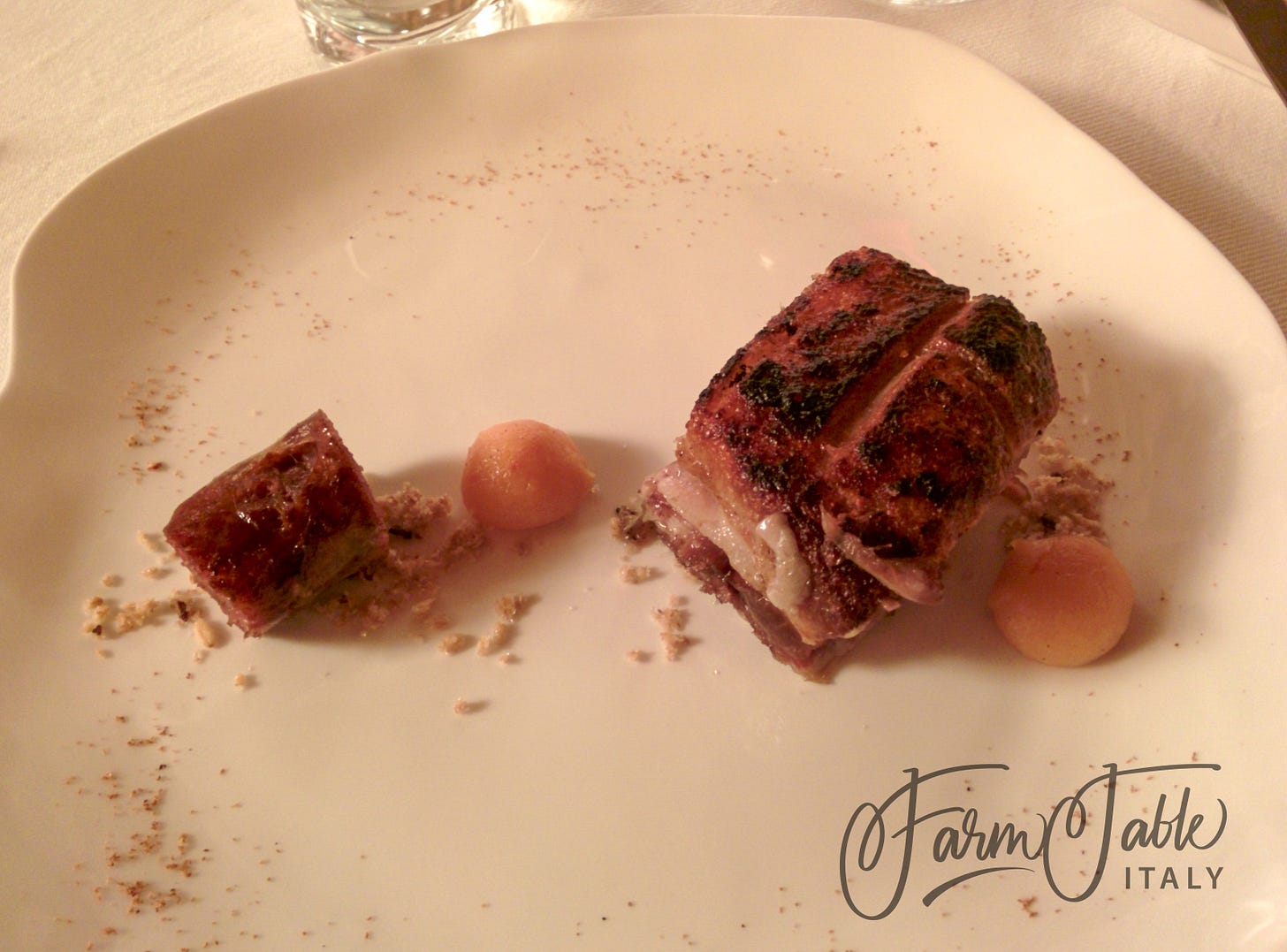
Not a regular on substack (yet) which is why I am just seeing this now David....thanks for bringing it all back!